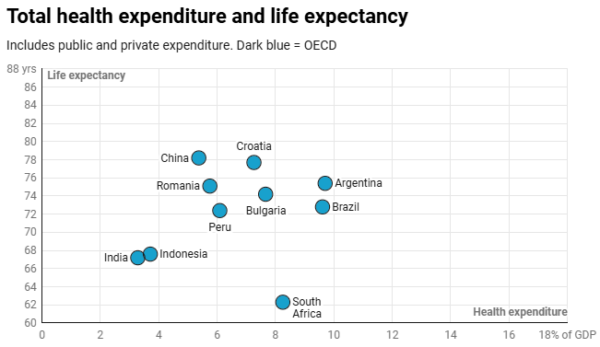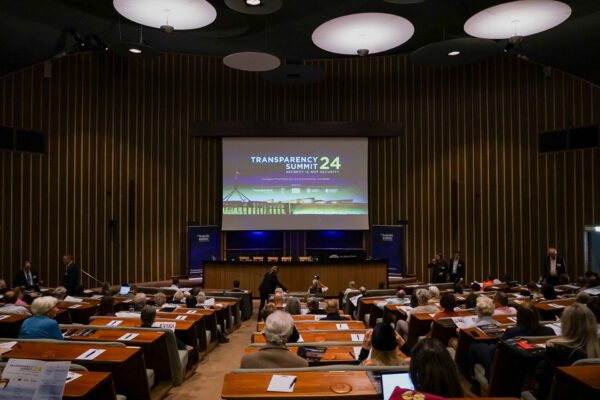Yet quality, affordable care remains inaccessible for many families. Since the last increase in government subsidies a year ago, fees have increased faster than inflation and wages.
But what if the government offered early childhood education in the same way it offered school education? Reforming Australia’s approach to early childhood education would increase the size of the economy by $168 billion and allow the government to collect an additional $48 billion in revenue.
Both sides of politics know the benefits of early childhood education: high-quality childcare improves educational outcomes for children, and low-cost or free high-quality childcare also increases labour force participation by providing parents the opportunity to return to work. Access to affordable and quality care is also integral to family violence prevention and response.
Despite the clear value for children, families and the broader community, early childhood education in Australia is often run by private, for-profit providers that drive up fees and have contributed to the creation of childcare deserts across the country. Early childhood education centres are also difficult to staff sustainably, with many workers underpaid and undervalued.
But the solutions being offered mainly focus on increasing childcare subsidies in the hope of reducing the cost for families even though this doesn’t work.

 My oma would read me Aesop’s fables as a child because she believed stories should always teach you something. And that something was always easier to learn through the lessons of someone else.
My oma would read me Aesop’s fables as a child because she believed stories should always teach you something. And that something was always easier to learn through the lessons of someone else.
